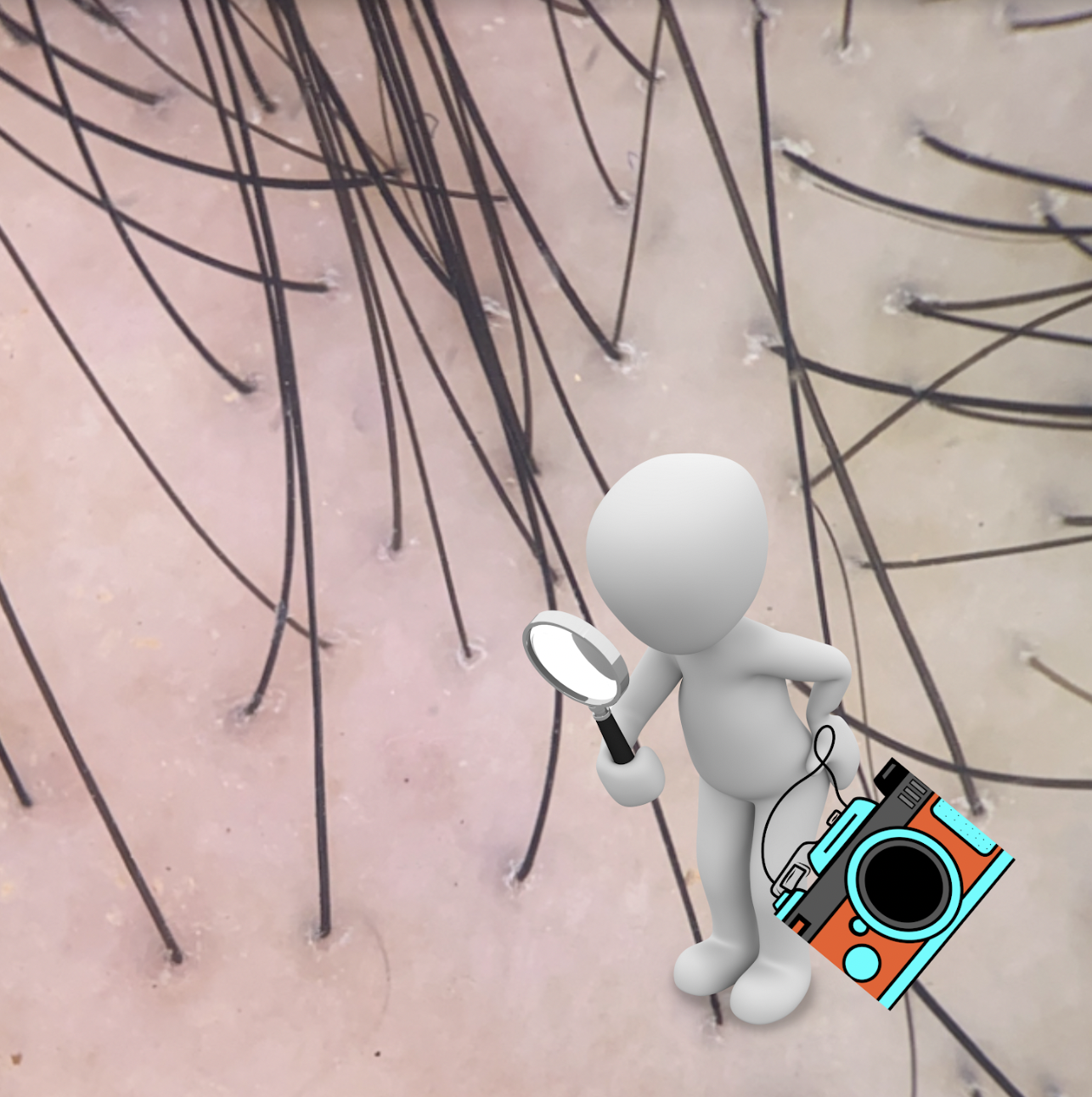Determining if a Scarring Alopecia is Inactive : Camera or Trichoscopy?
Simple Photography is Essential to Determining if a Scarring Alopecia is Inactive
Determining if a scarring alopecia has converted from “active” to “inactive” following initiation of treatment is a really important skill for clinicians to learn. If a scarring alopecia is truly inactive it means that the treatments currently being administered are working well. This is called “treatment induced inactive scarring alopecia.” In the event that no treatments are being given at the present time and the scarring alopecia is found to be inactive, it means there is a good chance the scarring alopecia might truly be “burnt out” (burnt out inactive scarring alopecia). “Burnt out” is a misused term but means the scarring alopecia has gone to sleep and can stay sleeping on its own without any need for treatment. Treatment induced inactive scarring alopecia means the scarring alopecia has gone to sleep because of the treatments administered. Should one remove treatment, the scarring alopecia wakes up again.
It’s so tempting sometimes to look at the scalp with trichoscopy and declare to the patient “your scarring alopecia is inactive!!” if one sees no evidence of redness or scaling and the patient has no itching and no burning and no pain.
Unfortunately this is not how one declares scarring alopecia to be inactive. One declares scarring alopecia to be inactivate by examining simple photos of the scalp (taken with a camera) 12-24 months apart. If the photos look 100 % the same (in terms of density) and there has been zero evidence of hair loss in any given area of the scalp (or eyebrow or eyelashes or body hair) …. then one can say there is a high chance the scarring alopecia is inactive (either treatment induced inactive scarring alopecia or burnt out inactive scarring alopecia).
Despite the fairly inactive appearance of the scalp in this photo, the scarring alopecia is actually inactive. A photograph taken 9 months later showed that the patient lost more hair over the interval of observation.
A camera becomes more important than a magnifying glass or trichoscope when determining if scarring alopecia is truly inactive. Yes, trichoscopy gives valuable clues to potentially reduced disease activity of a scarring alopecia - but the camera gives us all the final answer.
The patient in this photo (with FFA/LPP) had what appeared to be inactive scarring alopecia. Photos taken 9 months later showed that more and more hair loss was surprisingly occurring. This signified that the scarring alopecia was not inactive and a revision of the treatment plan was needed.
FURTHER READING:
[1] “Burnt out Inactive Scarring Alopecia: What is it?”
[2] “Burnt Out vs Stable/inactive LPP: Not Quite the Same”
[3] ”The Two Types of Inactive Scarring Alopecia: TI-ISA and BO-ISA”
This article was written by Dr. Jeff Donovan, a Canadian and US board certified dermatologist specializing exclusively in hair loss.


